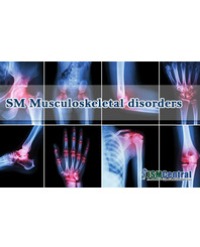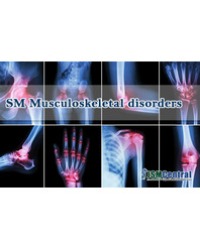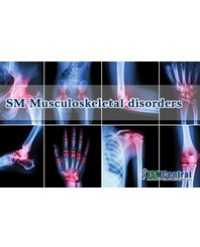
The Prevalence of Lower Extremity Musculoskeletal Disorder Symptoms in Retail Distribution Centers
In our prior studies of distribution center workers, we found that participating companies’ injury logs contained very few reported lower extremity Musculoskeletal Disorders (MSDs), yet a significant percentage of workers reportedly had experienced knee pain. In this study, 341 workers performing material handling jobs from three distribution centers completed a questionnaire that assessed lower extremity MSD symptoms. Two-thirds of the participant’s self-reported work-related lower extremity musculoskeletal symptoms. These were most common in the ankles and feet, followed by knees and hip & thighs. Approximately half the sample experienced pain on work days and some on a daily basis. A large percentage of the respondents reported that their symptoms were exacerbated by work. Stand-up forklift drivers had the highest 12-month prevalence of knee and ankle/foot symptoms across the occupations included in this sample. Significant associations were also found between symptoms and age, gender, work experience, and smoking status.


